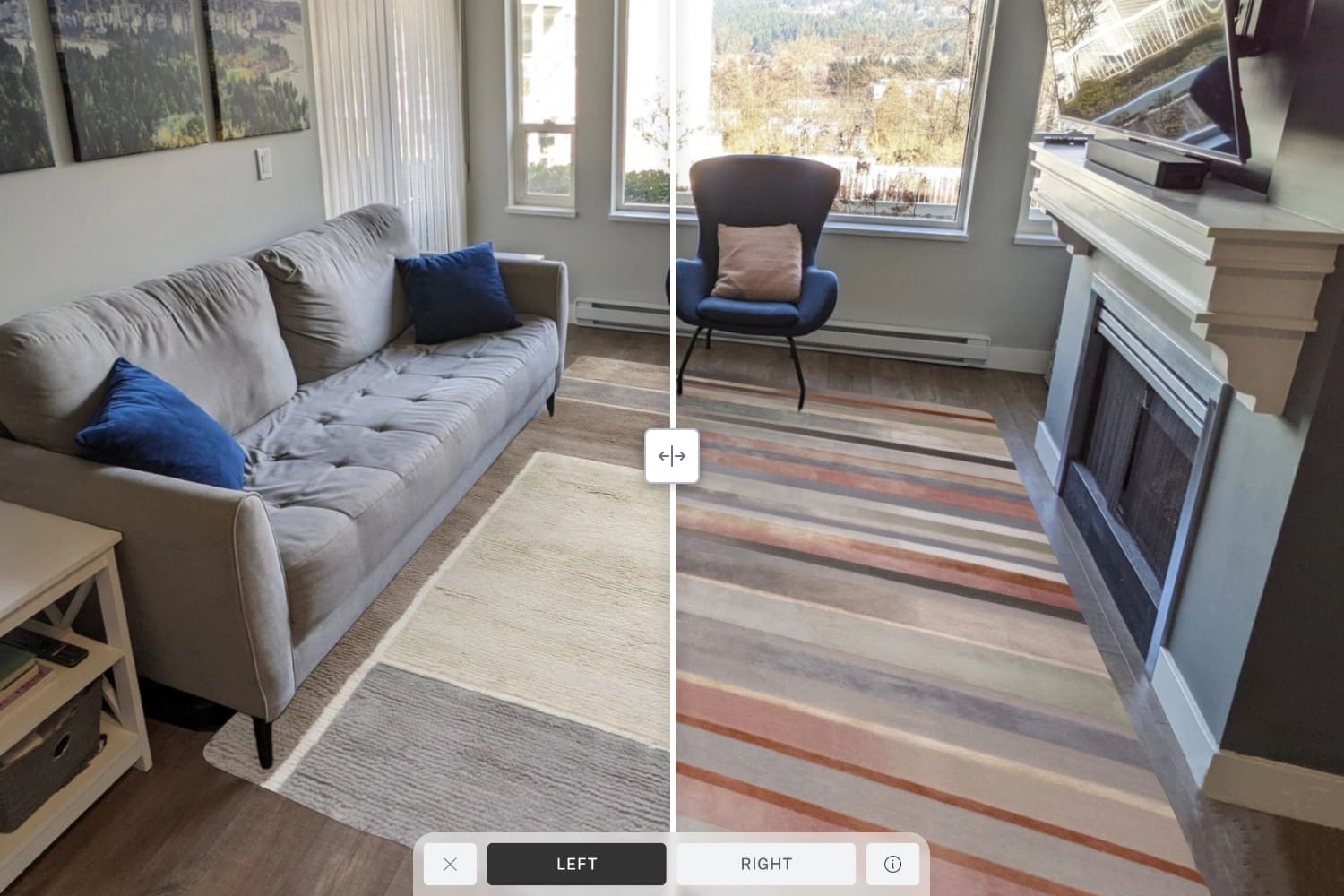“I’m spending about $20,000 per month on advertising, but not seeing any results,” said Tim, a floor dealer from Minnesota who had recently joined my marketing coaching program, Flooring Success Systems. “I’m doing print ads, radio, and buying leads, but nothing seems to work.”
I’ve had this conversation with hundreds of dealers from across the U.S. and Canada. Dealers like Tim are throwing away money on marketing that isn’t working for them, despite the easy solutions available.
By tracking how your marketing initiatives are performing, you can maximize the impact of your marketing spend by reallocating budget to your most effective channels and campaigns. Let’s look at the key lessons we can learn from Tim’s story, as well as many other dealers in his situation.
Lesson #1: Track your marketing metrics.
Technology makes it easy to track the effectiveness of your marketing efforts. By analyzing key metrics, you can optimize how your marketing budget is spent.
Monitor website metrics such as the number of visitors to your website, where they’re coming from, how long they’re spending on your site, and how many are purchasing or booking an appointment at your store (conversions).
Track your social media performance too. Look at the size of your audience on each channel, and track how quickly they’re growing. See which posts are resonating most with your audience by tracking how many people have viewed (impressions) and engaged (likes, shares, comments, and link clicks).
Keep an eye on which of your sponsored posts or digital ads are giving you the best bang for your buck, and A/B test small variations to zero in on the optimal messaging and creative. Digital ads are an effective litmus test for future initiatives, as they allow you to experiment with different messaging and visuals before going live with a wider marketing campaign.
To get the most from your marketing campaigns, you need to learn what motivates your target audience to visit your store or site and make a purchase. Create buyer personas to better understand who your customers are, and how you can earn their business. Typically, such profiles include information like age, location, family status, product preferences, motivations, concerns, spending power, and so on.
Online, you can gather the information you need to build buyer personas by tracking how your customers interact with your site and digital channels. To gain deeper insight into your customers’ preferences, you can also send out surveys to your email list and incentivize participation with rewards or prizes.
In-store, train your staff to ask every person who walks through your door why they decided to visit and record the answers. After 90 days, you’ll have a pretty clear picture of what’s driving walk-ins and sales. You’ll also know how many walk-ins or phone calls turn into quotes and how many quotes turn into closed sales. These numbers are important for identifying the weak spots in your sales process.
Lesson #2: Build a strategic marketing plan.
Once you’ve got a better idea of how your current marketing initiatives are performing, it’s time to build out a marketing strategy to optimize or ditch them altogether.
With no real marketing plan, Tim relied on the insight of radio ad and print publication salespeople, who arrived at his door with their own motivations. I’ve seen this happen to floor dealers countless times. Don’t let ad salespeople drive your marketing decisions.
Second, take the information you learned from lesson one, and allocate your budget to the marketing initiatives that are performing best.
Finally, remember there are hundreds of ways to spend your marketing dollars, and you may have overlooked some of the best. So how to identify the methods with the most potential? Prioritize.
Lesson #3: Prioritize with the 3 Tiers of Marketing.
Many dealers fall victim to the spray-and-pray approach, wasting marketing dollars on whatever advertising opportunities cross their path.
This approach makes a lot of money — for the people selling you ads. For the dealer? Not so much.
For a more deliberate approach, start by prioritizing with the 3 Tiers of Marketing, which I first learned from marketing great Dan Kennedy.
It helped me take control of my marketing strategy and stop throwing away money on strategies I didn’t need. I’ve been teaching this system to dealers since 2007, and for many of them, it transformed their businesses. Let’s take a look at the three tiers.
Tier 1: Warm market.
- Past client marketing (weekly/monthly e-newsletter)
- Referral program to encourage and incentivize referrals from clients
- Referral partnerships with aligned businesses (realtors, designers, remodelers, insurance companies, cleaners)
- Selling system which incorporates the Roomvo visualizer
Tier 2: Targeted marketing to cold prospects.
- Social media ads
- Google ads
- Search Engine Optimization (SEO)
- Online lead capture
- Ad retargeting
- Geo-fencing
- Direct mail to a commercial list
- Print ads in specialized publications
Tier 3: Broadcast advertising.
- Billboards
- Radio
- Television
Implement all Tier 1 strategies first. Once Tier 1 is fully up and running, start working on Tier 2. Begin Tier 3 only when you’ve initiated everything you possibly can in Tiers 1 and 2.
Use discretionary marketing dollars for Tier 3. In fact, I only endorse using Tier 3 when a dealer has reached at least $10 Million in annual revenue.
Comparatively, Tier 1 is inexpensive to implement and it generates the biggest results, but Tier 2 and Tier 3 become progressively more expensive and difficult to make profitable. In fact, it’s possible to build your business using nothing but Tier 1, and I’ve seen dealers do it. In spite of this, most dealers totally ignore Tier 1 and instead focus all their time, energy and money on Tiers 2 and 3.
When speaking at industry trade shows like Surfaces, I usually ask the audience, “How many of you communicate with your past customers regularly?” The rooms are usually packed with a hundred or more dealers, but usually only three or four will raise their hands. Sometimes none.
I’ve asked this question in webinars and dealer coaching sessions, and the response is always the same. The opportunity cost is massive.
Tier 1 is low-hanging fruit — business that’s easy to get if you use the right strategies. Before you haul out ladders and put in all the effort and money to reach the top of the tree, make sure you pick the Tier 1 fruit first.
Tier 1 business is far less expensive to attract than the other tiers. It usually brings higher quality customers, with repeat and referred customers far more likely to purchase than strangers who find you online or respond to an advertisement.
Since you’ve already fostered a relationship with Tier 1 clients, you can command higher prices. In addition, Tier 1 clients return year after year with little or no changes, which gives you a consistent revenue stream that protects your business against recession.
Finally, concentrating on Tier 1 gives you an instant advantage over your competitors because very few of them are focused on Tier 1.
Stop wasting money on advertising.
Not long after I met Tim, he started tracking and optimizing his marketing initiatives, as well as focusing his efforts on Tier 1 clients.
To market to past customers, Tim began sending a weekly e-newsletter and a monthly print newsletter, offering shoppers design inspiration, tips and tricks, and exclusive offers and discounts.
In addition, Tim implemented my “Design Audit System.” This strategy covers the entire sales process, detailing 21 best practices for building trust with new prospects quickly and closing sales sooner. He saw results immediately.
“I stopped spending US$20,000 a month on advertising, but my sales went up,” said Tim.
By putting his time and money into the most cost-effective initiatives, Tim saved thousands of marketing dollars and accelerated revenue growth. In an industry that presents too many ways to waste your marketing dollars, follow Tim’s example.
Written by:
-

Jim is the founder and president of Flooring Success Systems, a company that provides floor dealers with marketing services and coaching to help them attract quality customers, close more sales, get higher margins, and work the hours they choose. For a free copy of Jim’s book, The Independent Floor Dealer Success System, visit FlooringSuccessSystems.com.






